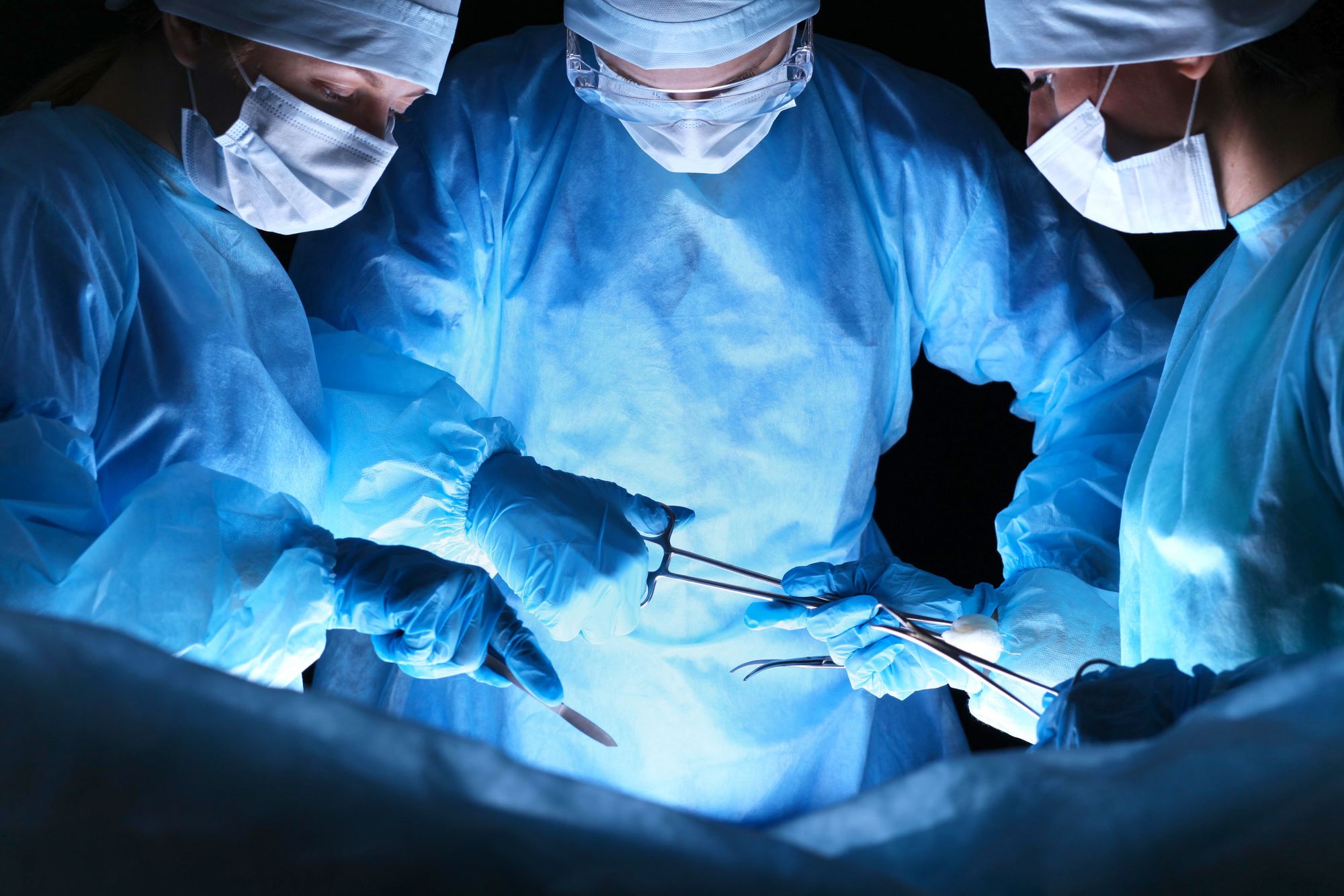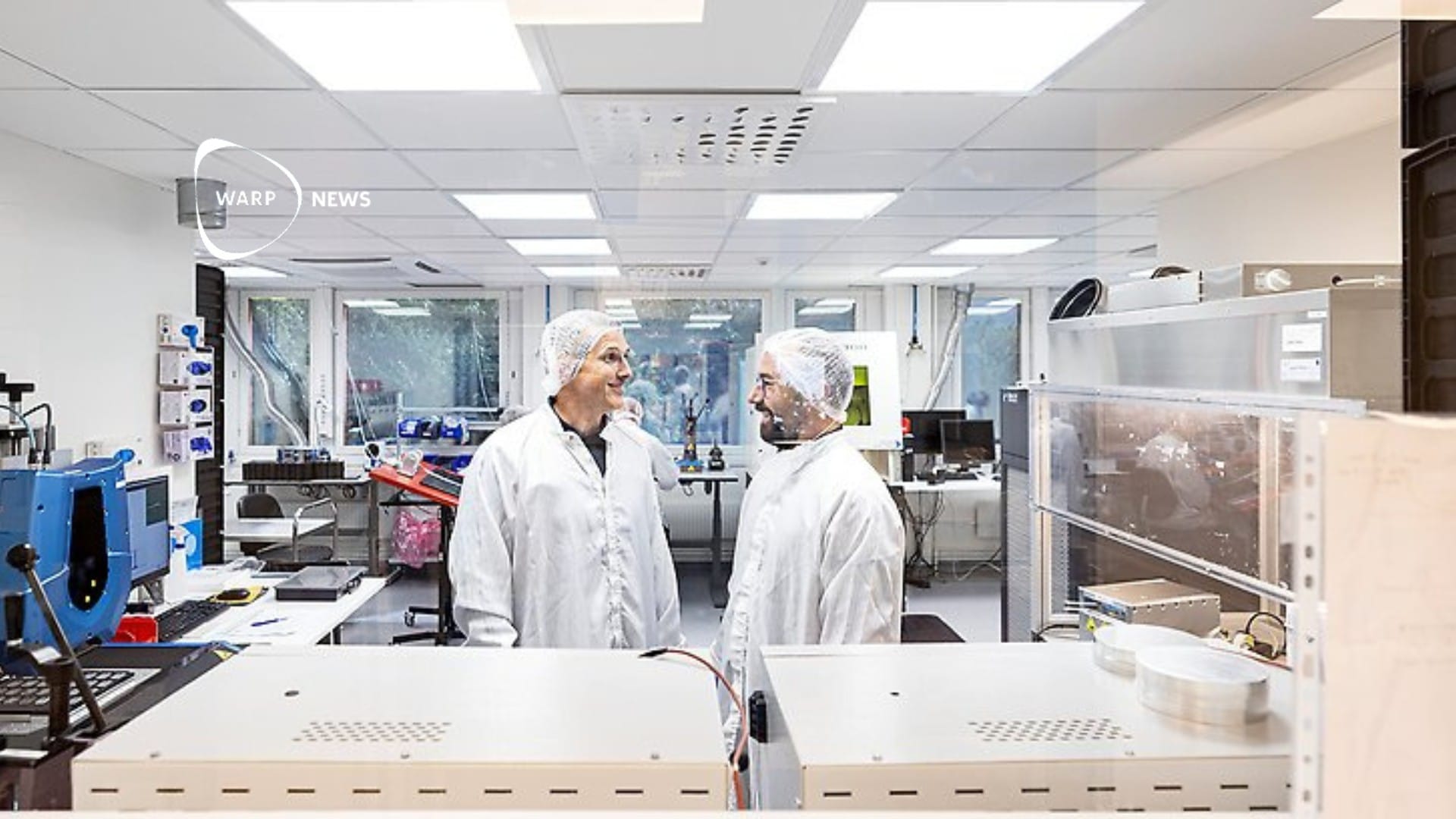
👨⚕️ Surgeons place trauma patients in suspended animation for the first time
Doctors have placed humans in suspended animation for the first time, as part of a trial in the US that aims to make it possible to fix traumatic injuries that would otherwise cause death.
Share this story!
Doctors have placed humans in suspended animation for the first time, as part of a trial in the US that aims to make it possible to fix traumatic injuries that would otherwise cause death.
The idea that vital functions of the human body can be temporarily halted in an effort to save a life has long been discussed and theorized by scientists. Now, trauma surgeons at the University of Maryland Medical Center are successfully doing it. Officially termed "Emergency Preservation and Resuscitation", or EPR, the technique is being applied to patients who arrive with acute trauma such as gunshot or stab wounds and have already undergone cardiac arrest. It is important to note that the patients undergoing the procedure would normally have a survival rate of less than five percent, and EPR is a critical attempt to save their lives. The trial was given approval by the United States Food and Drug Administration, and additionally the FDA gave it exemption from needing patient consent as the recipient's injuries are likely to be fatal and there is no alternative treatment.
The procedure begins by rapidly cooling their body temperature to around 10-15° Celsius (50-59° Fahrenheit) by replacing all of their blood with an ice-cold saline solution. At these temperatures, nearly all brain activity stops, which makes a heartbeat no longer necessary. Chemical reactions in the cells have ceased and require less oxygen as a result. In normal conditions, the human brain can only survive for around five minutes without oxygen before damage will occur, but through the EPR technique, surgeons now have two hours to perform treatments to the patient before they are warmed up and their hearts restarted.
Samuel Tisherman of the University of Maryland School of Medicine revealed that his team of medics had placed "at least one patient" in suspended animation, an experience he described as "a little surreal". He would not divulge how many patients had survived as a result of the EPR technique.
Tisherman states "I want to make it clear that we're not trying to send people off to Saturn. We're trying to buy ourselves more time to save lives." He says that he hopes to be able to announce the full results of the first trial by the end of 2020.
By becoming a premium supporter, you help in the creation and sharing of fact-based optimistic news all over the world.


